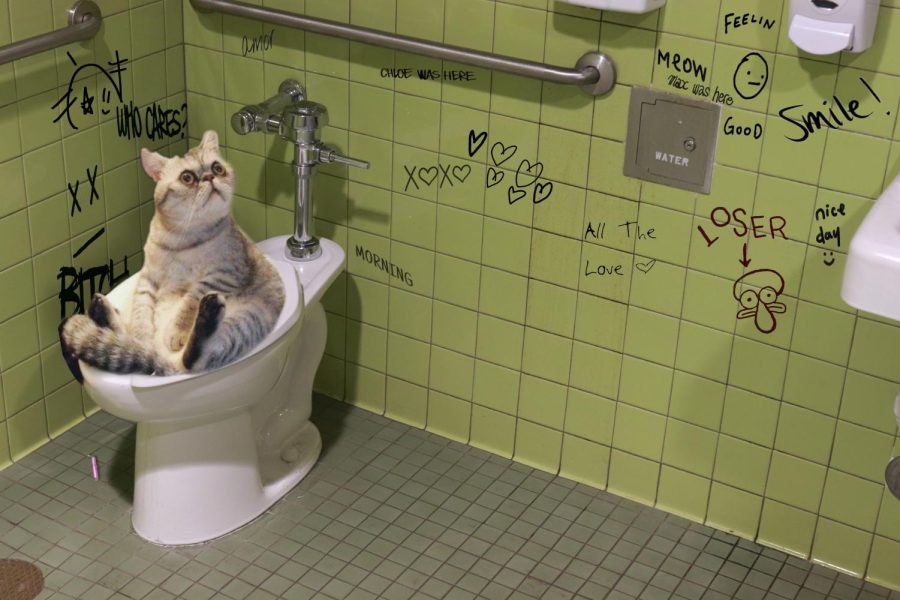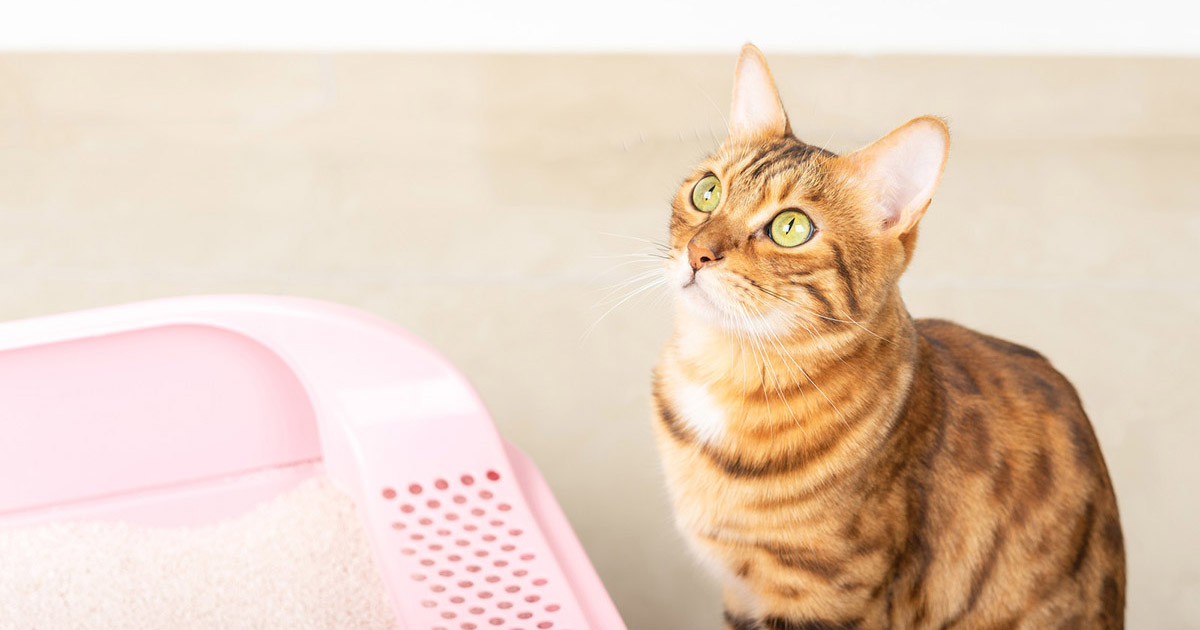Our Effects of Flushing Animal Waste Down the Toilet
Our Effects of Flushing Animal Waste Down the Toilet
Blog Article
Right here on the next paragraphs yow will discover lots of good advice involving Why you should never flush dog poop down the toilet.

When it pertains to getting rid of waste, especially animal waste, many individuals typically consider the convenient alternative of flushing it down the toilet. Nevertheless, this apparently easy remedy can have major repercussions for the environment and public health. In this write-up, we'll discover why flushing pet waste down the toilet is a negative concept and supply alternative methods for appropriate disposal.
Introduction
Proper waste disposal is essential for keeping ecological sustainability and public health. While it may seem harmless to flush animal waste down the commode, it can bring about different concerns, both for the environment and human wellness.
Dangers of flushing animal waste
Environmental impact
Purging animal waste introduces dangerous bacteria and virus right into waterways, which can negatively influence marine environments. These virus can pollute water resources and harm marine life, disrupting delicate communities.
Public health concerns
Animal waste contains damaging microorganisms such as E. coli and Salmonella, which can pose severe wellness risks to human beings. Purging pet waste down the toilet can contaminate water supplies, bring about the spread of illness and infections.
Alternatives to flushing
Rather than purging pet waste down the toilet, there are several alternate disposal approaches that are a lot more environmentally friendly and hygienic.
Composting
Composting animal waste is an eco-friendly way to dispose of it. By composting, organic matter is broken down into nutrient-rich soil, which can be used to fertilize gardens and plants.
Garbage dump disposal
Throwing away pet waste in a land fill is one more alternative. While not as environmentally friendly as composting, it is get more info a safer option to flushing, as it stops the contamination of water sources.
Pet waste disposal systems
There are specific family pet waste disposal systems offered that securely and hygienically throw away pet waste. These systems frequently utilize enzymes to break down waste and remove odors.
Actions to appropriate animal garbage disposal
To guarantee correct disposal of animal waste, adhere to these steps:
Scooping and nabbing waste
Consistently scoop and bag animal waste making use of eco-friendly bags. This avoids waste from polluting the setting.
Utilizing assigned waste containers
Dispose of bagged pet waste in designated waste bins, such as garden compost containers or land fill containers. Prevent flushing it down the bathroom whatsoever expenses.
Cleansing can and animal locations routinely
Consistently tidy litter boxes and pet locations to prevent the accumulation of waste and microorganisms. Usage pet-safe cleaning items to keep hygiene.
Benefits of correct disposal approaches
Taking on correct disposal techniques for animal waste supplies a number of advantages:
Minimized environmental pollution
Correct disposal approaches reduce the risk of environmental pollution, safeguarding waterways and communities from contamination
Decreased threat of water contamination.
By staying clear of flushing pet waste down the commode, the danger of water contamination is substantially decreased, protecting public health.
Boosted hygiene and hygiene
Correct disposal methods advertise better hygiene and health, creating a much safer setting for both humans and animals.
Final thought
Finally, purging animal waste down the bathroom is hazardous to the environment and public health. By embracing alternate disposal methods and following proper waste administration methods, we can minimize the negative impact of animal waste and add to a cleaner, much healthier world.
What To Do With Dog Poo – The Do's And Don'ts Of Disposing Of Faeces
Dog poo bins
Some councils provide dedicated dog waste bins in popular dog-walking areas that can take dog poo that has been bagged but you can legally dispose of dog waste in any public litter bin, as long as it is securely bagged. This also applies to your wheelie bin at home.
Do not flush
Water companies do not recommend flushing dog faeces down the toilet because certain parasites can survive the water processing treatment and are potentially harmful to humans. You should also never consider flushing dog poo that has been bagged down the toilet as the bags will not break down and instead create severe blockages in the sewage system.
In the woods
The Forestry Commission promotes a ‘stick and flick’ method for dealing with waste in the woods. This means finding a stick and using it to flick any poo from off the path so that it is out of the way of other walkers. You could also bury it as long as it is not in an area where there might be livestock.
Livestock
Parasites found in dog poo can be transmitted to livestock if they inadvertently eat infected faeces that has been left on grazing land. This could result in the death of sheep or abortion in cattle so you should always make sure you pick up your dog’s waste in fields where livestock could be present.

Consistently tidy litter boxes and pet locations to prevent the accumulation of waste and microorganisms. Usage pet-safe cleaning items to keep hygiene.
Benefits of correct disposal approaches
Taking on correct disposal techniques for animal waste supplies a number of advantages:
Minimized environmental pollution
Correct disposal approaches reduce the risk of environmental pollution, safeguarding waterways and communities from contamination
Decreased threat of water contamination.
By staying clear of flushing pet waste down the commode, the danger of water contamination is substantially decreased, protecting public health.
Boosted hygiene and hygiene
Correct disposal methods advertise better hygiene and health, creating a much safer setting for both humans and animals.
Final thought
Finally, purging animal waste down the bathroom is hazardous to the environment and public health. By embracing alternate disposal methods and following proper waste administration methods, we can minimize the negative impact of animal waste and add to a cleaner, much healthier world.
What To Do With Dog Poo – The Do's And Don'ts Of Disposing Of Faeces
Dog poo bins
Some councils provide dedicated dog waste bins in popular dog-walking areas that can take dog poo that has been bagged but you can legally dispose of dog waste in any public litter bin, as long as it is securely bagged. This also applies to your wheelie bin at home.
Do not flush
Water companies do not recommend flushing dog faeces down the toilet because certain parasites can survive the water processing treatment and are potentially harmful to humans. You should also never consider flushing dog poo that has been bagged down the toilet as the bags will not break down and instead create severe blockages in the sewage system.
In the woods
The Forestry Commission promotes a ‘stick and flick’ method for dealing with waste in the woods. This means finding a stick and using it to flick any poo from off the path so that it is out of the way of other walkers. You could also bury it as long as it is not in an area where there might be livestock.
Livestock
Parasites found in dog poo can be transmitted to livestock if they inadvertently eat infected faeces that has been left on grazing land. This could result in the death of sheep or abortion in cattle so you should always make sure you pick up your dog’s waste in fields where livestock could be present.

I hope you enjoyed reading our section about 4 Reasons Why Dog Poop Cleanup is Important. Thank you so much for taking time to read through our short article. So long as you liked our page please do not forget to pass it around. Thanks so much for your time invested reading it.
Click On This Link Report this page